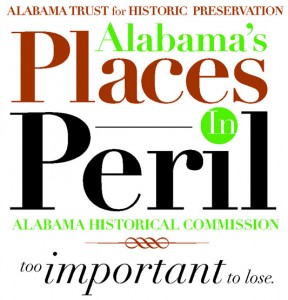|
In the Antebellum era, these small one- or two-room structures, mostly of log or frame construction, were a common sight on the Southern landscape. The few surviving dwellings of Alabama's enslaved inhabitants are records of an important, if tragic, part of the state's past and a physical link to the heritage of a large portion of the state's population. These buildings have much to say about the everyday lives of their inhabitants and about the architectural landscape of antebellum Alabama. After emancipation, with the advent of tenancy and the sharecropper system, most antebellum slave quarters disappeared. Tenant families usually preferred to live on their own parcel of rented land. A few quarters were left standing, mainly the better-built domestic servant quarters located near the "big house." Many property owners found these buildings convenient storage areas, and the fate of these structures often depends on their continued use as such. Because field quarters were of little use to property owners, only a handful survive today. So few quarters are left standing, in fact, that the curious must search diligently to find an example. The Alabama Historical Commission is developing a list of all known slave quarters in the state for research and monitoring purposes. Readers are invited to contact the commission to confirm or add structures to the list.
0 Comments
Leave a Reply. |
Alabama's Endangered Historic LandmarksEach year since 1994, Alabama Heritage has highlighted threatened historic sites throughout Alabama. The “Places in Peril” list has identified more than 215 imperiled historic resources throughout the state, and is compiled by the Alabama Historical Commission and the Alabama Trust for Historic Preservation. The locations highlight the results of deferred maintenance, perceived obsolescence, development pressures, and lack of funding—forces that now more than ever threaten our cultural legacy. But awareness is a powerful force, too, and can cultivate a renewed determination to be responsible stewards of our heritage. For more information, visit the AHC or the ATHP websites. Alabama Heritage is proud to bring to you a selection of the places designated as perilous. Please keep your comments to information relevant to the featured place in peril. Alabama Heritage reserves the right to delete any comment that we deem inappropriate. Archives
May 2024
|
|

 RSS Feed
RSS Feed